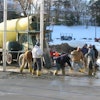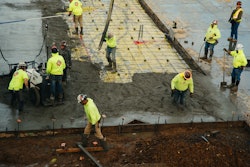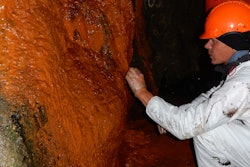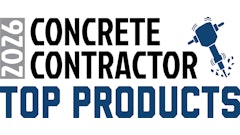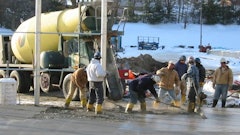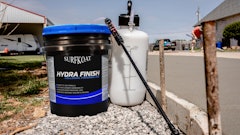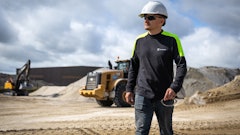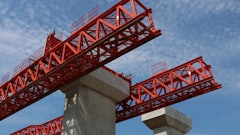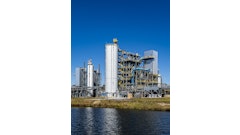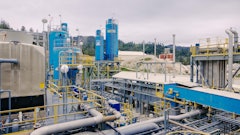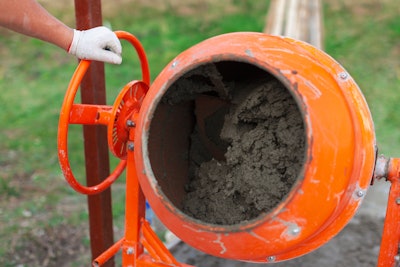
It seems everything is more expensive. Eggs, for one easy example. Practically everything else in the grocery store. In construction, the fluctuating price of materials seems never to favor the contractor. Even concrete, the annual perspective according to Gordian, says that the price of concrete is up 0.84 percent from Q2 of 2024.
In their April 2025 update post, they caution people to be prepared for a spike in costs for concrete and cement due to tariffs on imported materials from Canada, “on top of a steady two-year cost climb.” Used by architects, engineers, and contractors alike, Gordian’s RSMeans Data is based on a database containing almost 92,000 construction material, labor, and equipment costs.
There is no crystal ball to develop a forecast on what prices will do, there’s just too much uncertainty in the market due to potential disruptions. “It’s increasingly difficult to predict which decisions will be renegotiated, modified, or codified,” says Sam Giffin, principal product manager at Gordian.
However, he says that cement appears to be the biggest variable “right now” in their research.
Canada and Mexico account for 25-30 percent of all imports to the U.S. Those countries also represent 7-8 percent of all cement consumed within the U.S. It’s understandable that any market disruptions to these imports would increase these costs. There are also the secondary materials such as steel for rebar and lumber – these markets aren’t immune to the volatility of these costs.
Regions that have the greatest concentration of these imported materials will likely see the greatest disruptions — areas such as the Northeast, Great Lakes, and the Southwest.
 Gordian
Gordian
Though material prices found some moderate stability in Q2, the entire industry is waiting on the ripple effects from tariffs. It's estimated that the impact won't be "visible until Q3 or later," according to the report.
Equipment Costs
Gordian's equipment cost benchmarks are based on contractor costs to own and/or operate heavy construction equipment, explains Giffin. In fact, they commonly use retail rental rates as a primary input, considering the majority of construction equipment used in building projects is rented.
“Although it's logical to expect that costs associated with potential tariffs would make new asset acquisition more expensive, it is likely that re-fleeting exercises by rental houses aren't in full swing yet, or that they are not yet passing those costs along to contractors,” says Giffin.
However, should market disruptions continue, he adds that we should expect repair and replace operations on owned equipment to also cost more.
Find the full Q2 2025 report through Gordian's Resource Center.


